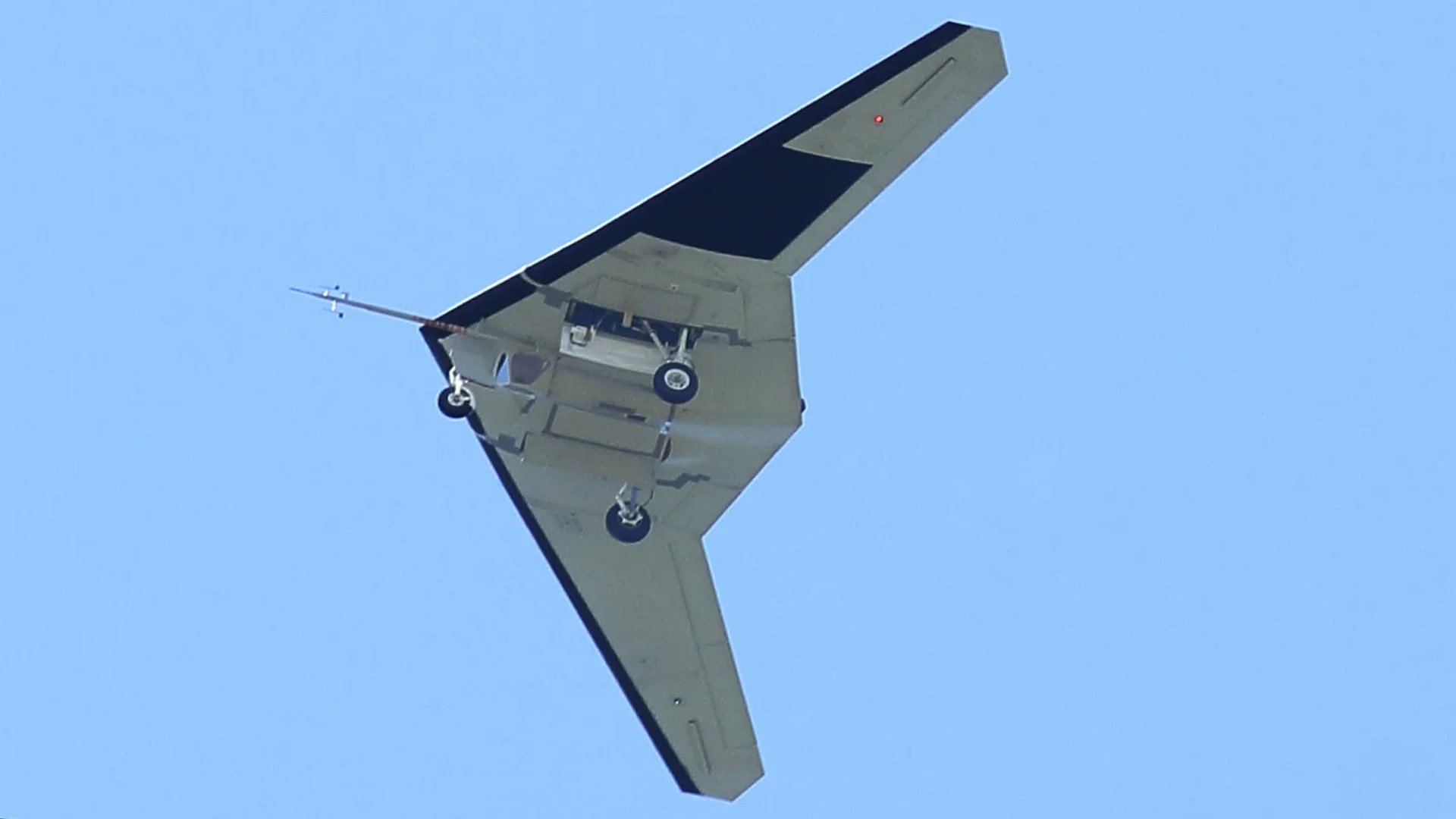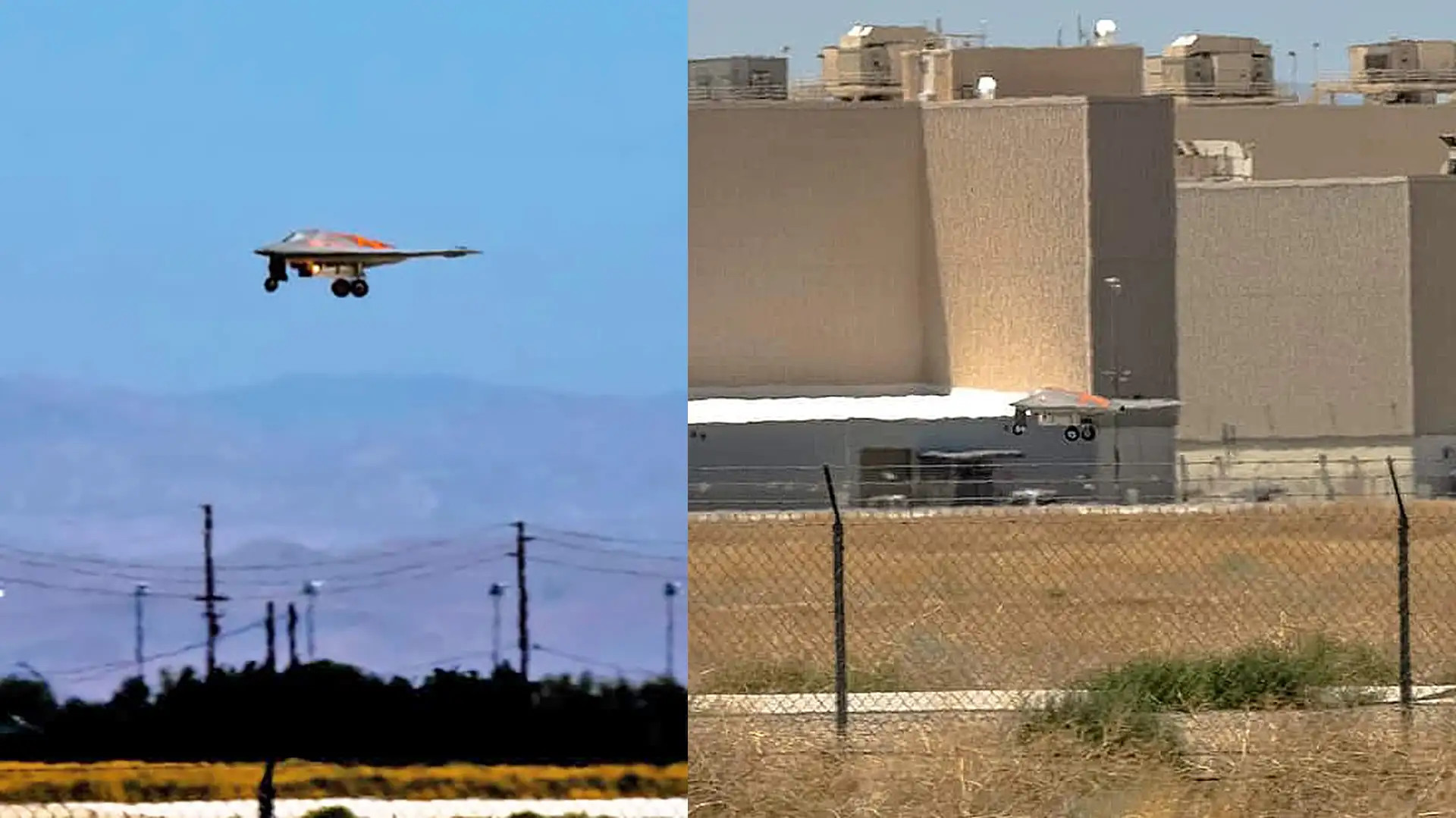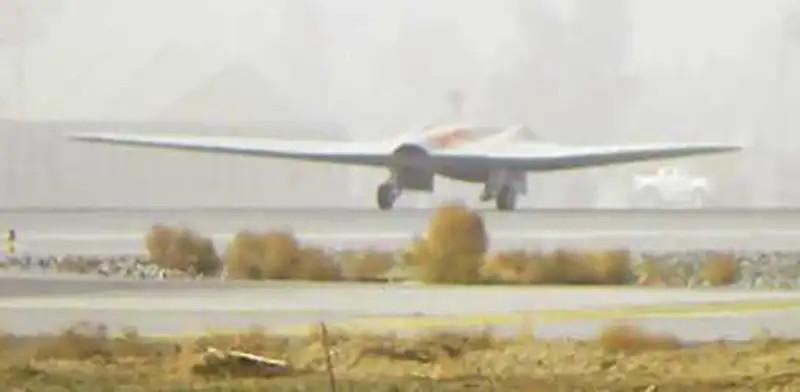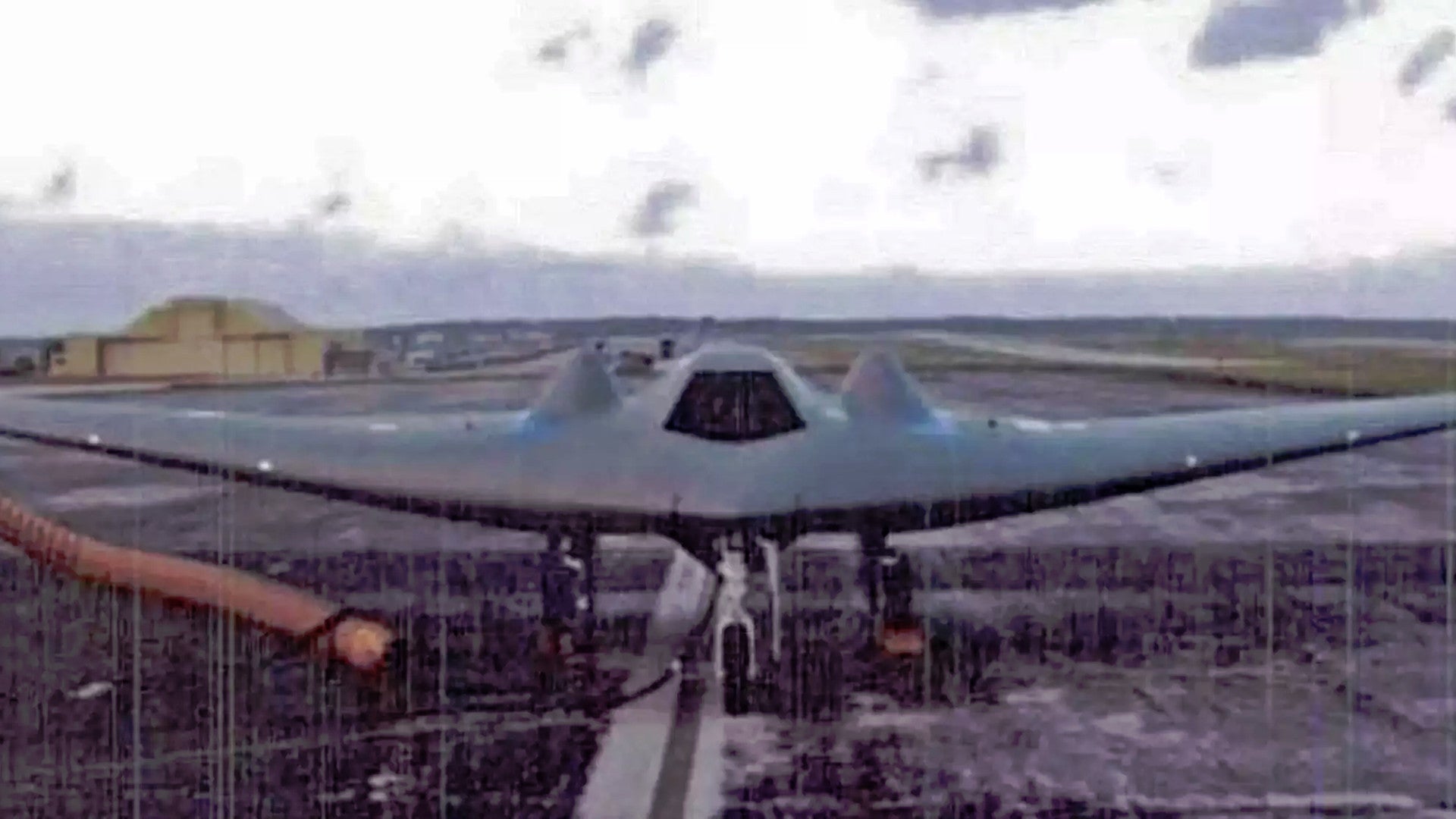The U.S. Air Force has made an extremely unusual decision to publicly disclose a deployment of RQ-170 Sentinel stealth drones sometime in the last six months or so. More than a decade after the service officially acknowledged the existence of this unmanned aircraft, details about its operations remain highly classified.
The Air Force’s 432nd Wing at Creech Air Force Base in Nevada quietly revealed the RQ-170 deployment earlier this week. The disclosure was tucked in with other information relating to a visit to Creech by General Mark Kelly and Chief Master Sergeant David Wade, the commander and command chief of Air Combat Command (ACC), respectively. The 432nd conducts training and other non-combat operations inside the United States, as well as combat operations overseas. The Air Force refers to crews conducting missions downrange remotely as being under the direction of the 432nd Air Expeditionary Wing (AEW) and often describes the Wing collectively as the “432nd Wing/432nd Air Expeditionary Wing.”

“Since Kelly’s visit in October, the 432nd AEW has begun flying MQ-9 Reaper sorties out of Romania, successfully deployed and redeployed RQ-170 Sentinel forces, and broke ground on the 25th Attack Group’s forthcoming headquarters and operations building at Shaw AFB, South Carolina,” the 432nd’s Public Affairs Office wrote in an official news item.
“RPAs [remotely piloted aircraft] are meeting the needs of Combatant Commanders today – in both contested and non-contested environments,” Air Force Colonel Stephen Jones, the Wing’s commander, said in a statement. “The wide array of mission sets the MQ-9 and RQ-170 are asked to perform remains our hallmark – we do not shy away from these tough tasks; we remain ready to take them on in all environments.”
The Air Force news item did not say where the RQ-170s had deployed or when that deployment took place. While it is known that Sentinels have and continue to operate overseas, we here at The War Zone cannot remember another time in which the service has proactively offered any sort of information about a specific operational deployment of these drones. The vast majority of the official details about the exploits of these unmanned aircraft have been obtained via the Freedom of Information Act (FOIA), though various reports about their activities have also emerged based on information from anonymous sources.

While the exact size of the Sentinel fleet is unknown, there are understood to be between 20 and 30 of these drones in service. At present, only two units are publicly known to operate RQ-170s, the 30th and 44th Reconnaissance Squadrons, both of which are assigned to the 432nd Wing’s 732nd Operations Group. The War Zone was the first to report in-depth on the 44th, which officially stood up on Apr. 1, 2015, and the Air Force only acknowledged last year that the RQ-170 was at least one of the types that it flies.
The Air Force is only known, with absolute certainty, to have deployed these stealth drones for operations over four countries, Afghanistan, Pakistan, Iran, and South Korea, as well as out over areas of the Western Pacific flying from Andersen Air Force Base on Guam. Based on the known South Korean deployments, it is all but certain that they have flown over, or at least very near, North Korea. These drones are widely understood to have surveilled then-Al Qaeda leader Osama Bin Laden’s compound in Abbottabad, Pakistan, before and during the U.S. raid that led to his death in May 2011, as well. An RQ-170 infamously went down and was subsequently captured in Iran six months later.

While we don’t know where this newly revealed deployment may have taken some of the RQ-170s, the general time frame the Air Force has provided may offer some clues. Most notably, concerns were building within the U.S. military and Intelligence Community in late 2020 that Iran or its proxies might seek to mark the first anniversary of the death of Iranian General Qassem Soleimani with attacks on U.S. interests, or those of its allies and partners, across the Middle East or elsewhere.
The U.S. military had killed Soleimani, then head of the Quds Force, the arm of Iran’s Islamic Revolutionary Guard Corps (IRGC) tasked with operations outside the country, in a drone strike outside of Baghdad International Airport in Iraq in January 2020. Just days later, Iran had launched an unprecedented ballistic missile strike aimed at facilities hosting U.S. troops in Iraq. By all accounts, it was a miracle that no U.S. service members, or anyone else, died.
As already noted, RQ-170s are known to have been employed over Iran in the past. They would still present a very viable asset for penetrating past that country’s air defenses with a low likelihood of detection to monitor for things like the deployment of ballistic missiles on mobile transporter-erector-launchers or other similar signs of impending strikes.
Having the Sentinels on station could have provided additional early warning if any such strikes had come. If the drones had found any such threats, they could have then provided information to help target them and conduct post-strike assessments, as well, should any decision to act have been taken by the U.S. government. We know that the U.S. military was poised to retaliate in January 2020 had any Americans died in the Iranian strikes on targets in Iraq.

We also know that the Air Force has at least explored the use of the RQ-170 to conduct bomb damage assessments following strikes from stealthy B-2 bombers. This kind of surveillance would be particularly valuable after strikes on deeply buried targets where high-fidelity assessments would be critical to determining whether the operation was a success or failure.
In addition, North Korea, another country the RQ-170 is very likely to have already operated over already. There were reports earlier this year about concerns that the Hermit Kingdom might have been preparing to conduct a major new missile test of some kind and the regime in Pyongyang has also been continuing to expand its nuclear weapons program.
While the United States has a number of different means of gathering various types of intelligence about what is happening in North Korea from stand-off distances, RQ-170s would offer a potential way to get closer looks at items of interest, such as a missile test facility. In 2017, there were reports that pointed to the use of an RQ-170, or another similar asset, to conduct persistent surveillance of North Korea’s first test of its Hwasong-14 intercontinental ballistic missile.
Of course, the RQ-170s could have been sent somewhere completely different, as well. There is certainly no shortage of hotspots around the globe where the United States might be interested in discreetly gathering intelligence.
Regardless, the Air Force’s public acknowledgment of a deployment of these drones, which remain some of its most secretive assets, is rare and notable itself.
Contact the author: joe@thedrive.com
